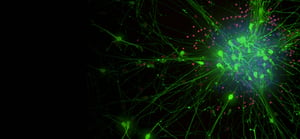AAVs: A PROMISING VECTOR FOR GENE THERAPY
For diseases that currently have no effective treatments, adeno-associated viruses (AAVs) are a promising vector for gene therapy, whereby these vectors are used to deliver therapeutic genes to specific cell types to treat genetic diseases at their source.
Our Ready-2-Go Assay Service provides a panel of AAV serotypes packaged with a fluorescent reporter and matrixed with a panel of iPSC-derived cell types for you to assess your AAVs' tropisms.
KEY FEATURES
![]()
Choose from a panel of human, iPSC-derived cell types
![]()
Get comparative assessment of AAV transduction
![]()
Only 6-8 weeks from assay to report
![]()
Option to bundle R2G Services or transition to Custom Services
ASSESS THE TROPISM OF YOUR AAV
Efficacy
Current AAV-based therapies require extremely high doses of AAV. Optimizing the tropism of your AAVs can lower the effective dose and increase efficiency of treatment.
Preferential Uptake
Systemic administration of AAVs often results in AAV accumulation in untargeted organs, instead of delivery to their intended tissue type. Assess the preferential uptake of your AAVs to develop safe, targeted, AAV-based, gene therapies.
Safety & Toxicity
Bundle this service with our Ready-2-Go Cell Health and Neurotoxicity assay services to gain a better understanding of your therapeutics' impact on cell viability.
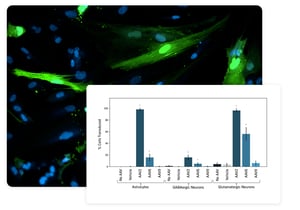
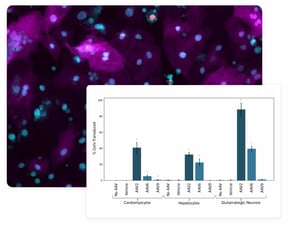
CHOOSE YOUR CELL TYPES
The use of animal models or immortalized cell lines limits clinical translatability. Avoid species differences with our panel of human, iPSC-derived cell types for a scalable and clinically relevant model.
![]()
Glutamatergic Neurons
![]()
GABAnergic Neurons
![]()
Astrocytes
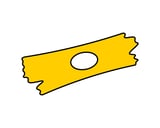
Cardiomyocytes
![]()
Hepatocytes
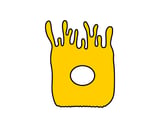
Retinal Pigment Epithelial Cells


ASSESS THE TROPISM OF YOUR AAV
ASSESS THE TROPISM OF YOUR AAV
Client-chosen cell types are treated with three AAV serotypes of different specificities alongside your AAV construct.

AVOID SPECIES DIFFERENCES WITH iPS-DERIVED, HUMAN CELL MODELS
The use of animal models or immortalized cell lines limits clinical translatability. Choose from a panel of human, iPSC-derived cell types for a scalable and clinically relevant model.
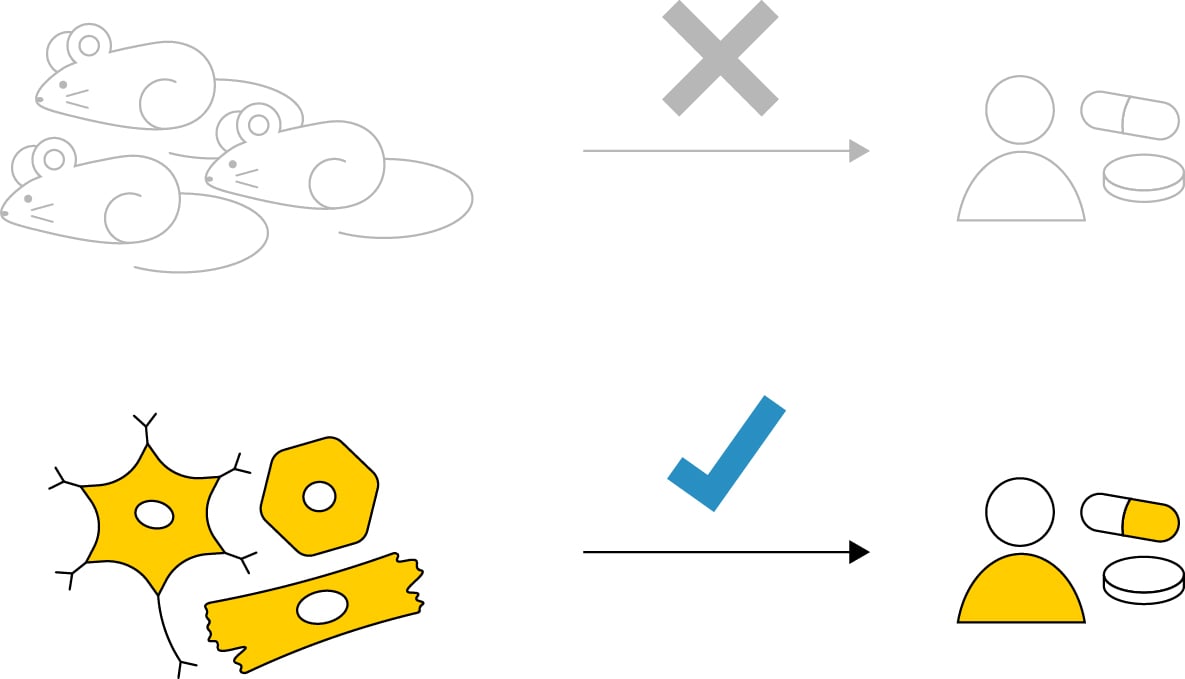
RELATED READY-2-GO SERVICES
Browse related Ready-2-Go assay offerings. For custom assays, check out our Custom Services.
![]()
R2G NEUROTOXICITY
Multiplexed readouts of viability and apoptosis.
Learn more
![]()
R2G CELL HEALTH
Multiplexed readouts of proliferation, viability, and apoptosis.
Learn more
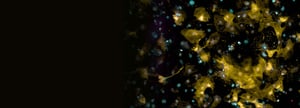
LEARN MORE ABOUT
CUSTOM ASSAY SERVICES
AAVs in Gene Therapy
Adeno-associated viruses (AAVs) have emerged as one of the most promising tools for delivering genetic material to target cells. Learn more about the significance of AAVs and the challenges of developing AAV-based gene therapies.


